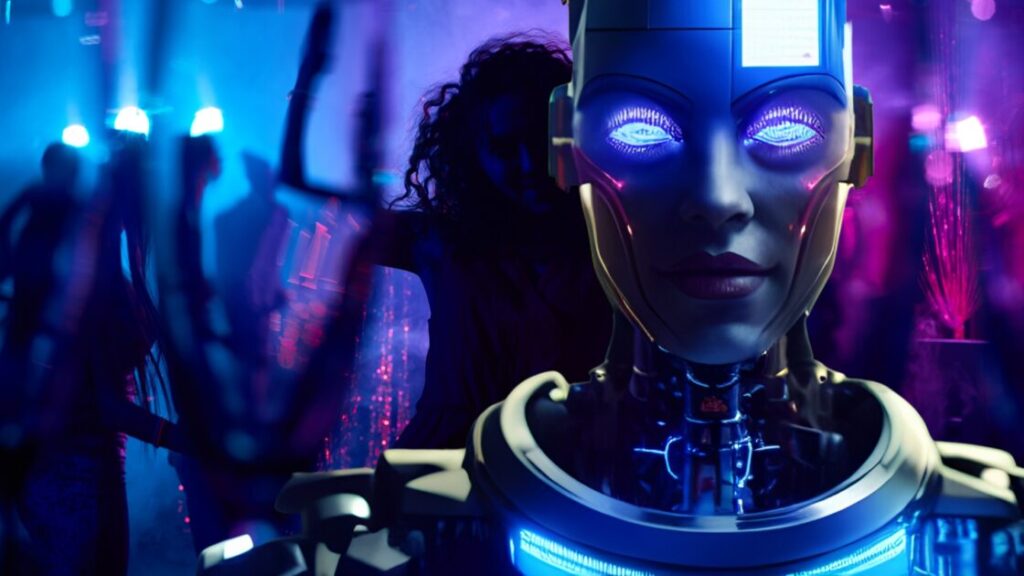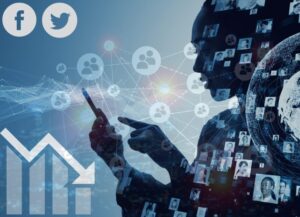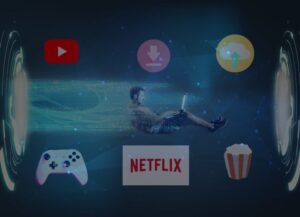It was December 29th, 2020, Boston Dynamics released the video of a robot dancing to “Do You Love Me” by The Contours, taking the internet over with questions. That was followed by 2021’s “spot’s on it”, featuring 7 Boston Dynamics dancing robots (spots). And still, the questions about these robots’ reality linger, along with their purpose and functions. Till now, the 2020 video has 38 Million views, and the 2021’s has harnessed 3 million views on YouTube.
Are the Boston Dynamics Dancing Robots Real?
2020’s Dancing Robot
This machine is for real, and yeah, it’s dancing. As we can clearly see, it is grooving and shaking to the ’60s classic. However, it lacks artificial intelligence (AI) capabilities. As we have discussed in a previous article, such a tiny level of programming is not AI. In general, you think of an AI-powered robot, when you see a dancing robot. Unlike industrial robotic arms or automated vacuums, the ones that dance look more like humans. Furthermore, their movements are more advanced than those of industrial robots, which can easily trick us into thinking they are AI-powered. In terms of physicality, this is real, and not any CGI or anything like that.
2021’s Dancing Robots
Okay, now this one’s really something! In June 2021, Boston Dynamics released a video of their Spot robots dancing in unison, to challenge and push their machines to the limit. The result? A 77-second, jaw-dropping performance of smooth and harmonious movements, perfectly synchronized to the music. It took hours of programming and choreography to make this happen, but the hard work paid off. Talking about the authenticity of the video, again, these robots are 100% real. The level of programming these spot robots have, compared to what the 2020 dancing robots had, is just mind-blowing. Yes, these dancing spot robots from Boston Dynamics are not dancing of their free will. They are just listening to their synchronized inner clocks. But everything it’s so in sync with the music, too hard to believe that the robots not listening to the music with their ears.
What does it take to create a human-like dancing robot?

As we saw, the Boston Dynamics Dancing Robots are real, but not AI-powered. The dancing robots are controlled by an operator and their purpose is to show off their mobility and performance capabilities. But what does it actually take for them to create an actual dancing robot that possesses AI?
Dancing robots can already understand the concept of rhythm and have the ability to move. To create a dancing humanoid robot with AI capabilities, it needs the ability to:
1. Recognize and interpret music – To be called humanoids, these dancing robots need to learn the human ways of doing things. Instead of listening to their inner synchronized clocks, they should have the ability to recognize and interpret music. The natural language processing (NLP)’s role here is to enable the robot to understand the song, the genre, and the rhythmic patterns.
2. Understand the concept of dynamics – This means that the robot should be able to understand the dynamics of the song, such as the melody, tempo, and volume of the sound. Deep learning algorithms can help recognize and interpret patterns. But without a form of consciousness, the robot won’t be able to truly understand the concept and comprehend it.
3. Create its own unique style – Rather than just copying the dance moves of others, the robot should be able to create its own unique style. For this, the robot needs reinforcement learning algorithms, which enable it to learn from its own experience and build its own set of movements. That’s just like how AI image generators create new images out of existing ones and even new ones.
Conclusion
Boston dynamics, being one of the largest robotics companies, has certainly achieved remarkable exposure with its dancing robots. Apart from providing entertainment, these physical robots are indeed real. However, as the robots are currently not autonomous, the extent of their dancing capabilities remains limited. As we discussed the lack of AI, is something that will change in the near future. We didn’t see the next big dancing robot from Boston Dynamics in 2022. 2023 hopefully.
- AI-Powered PCs: Overhyped Trend or Emerging Reality? - August 21, 2024
- Princeton’s AI revolutionizes fusion reactor performance - August 7, 2024
- Large language models could revolutionize finance sector within two years - March 27, 2024



